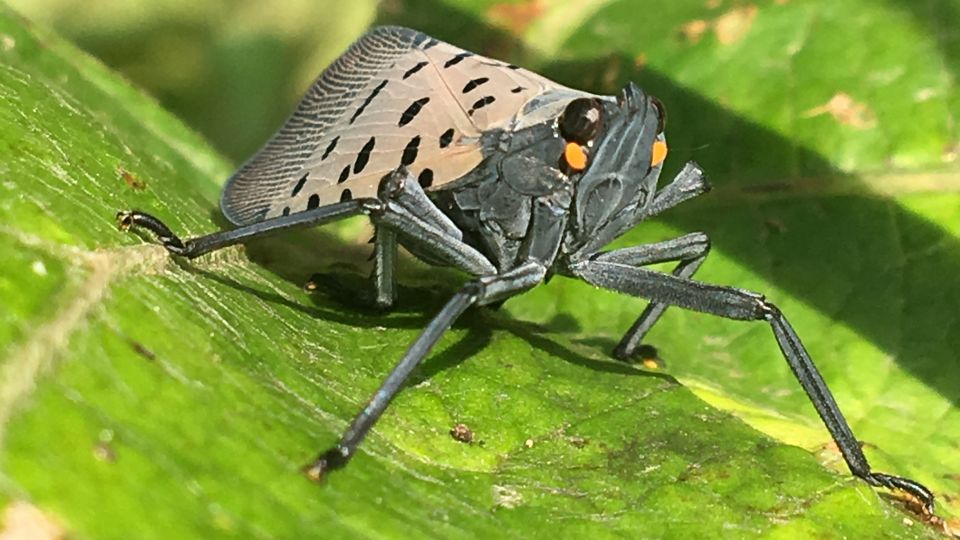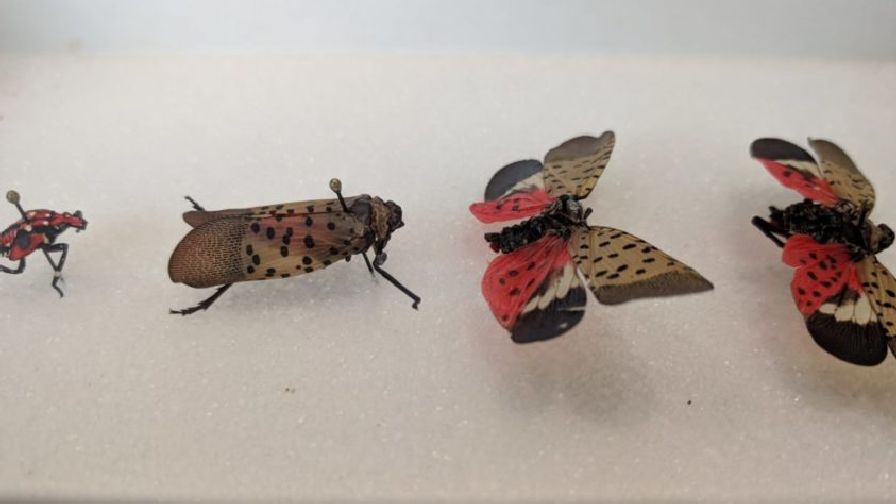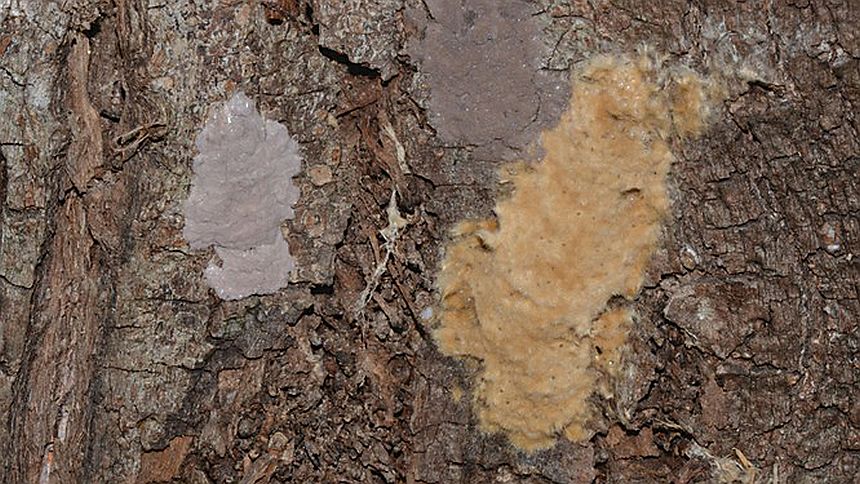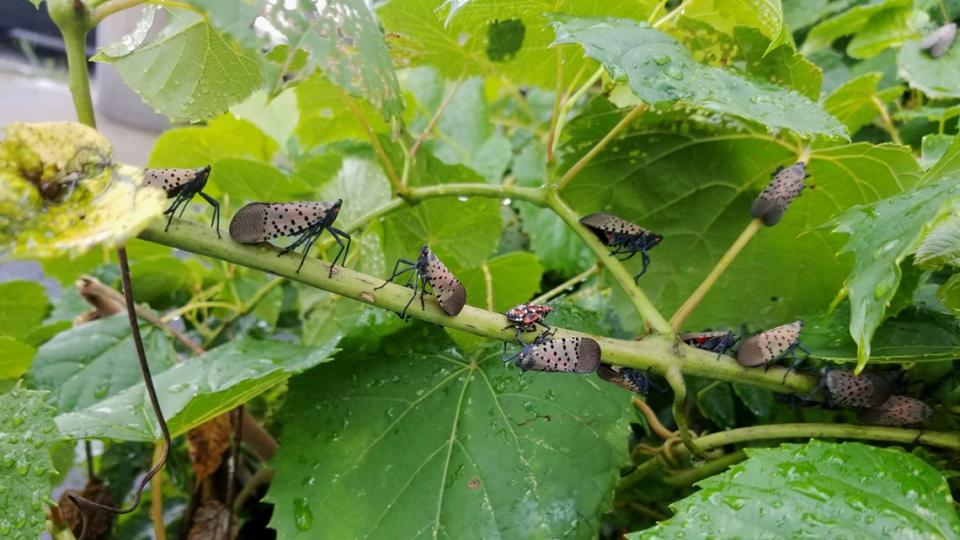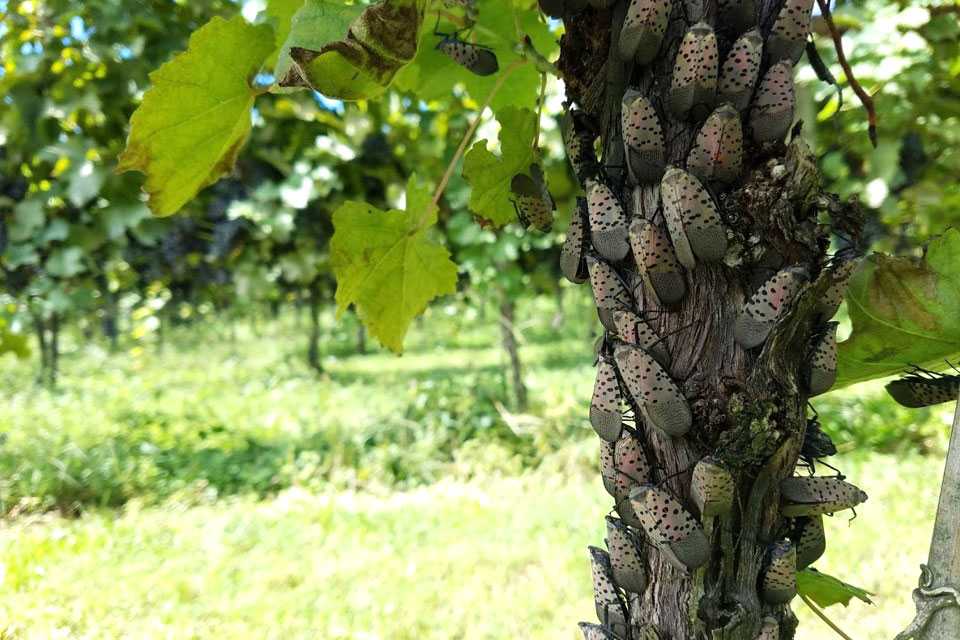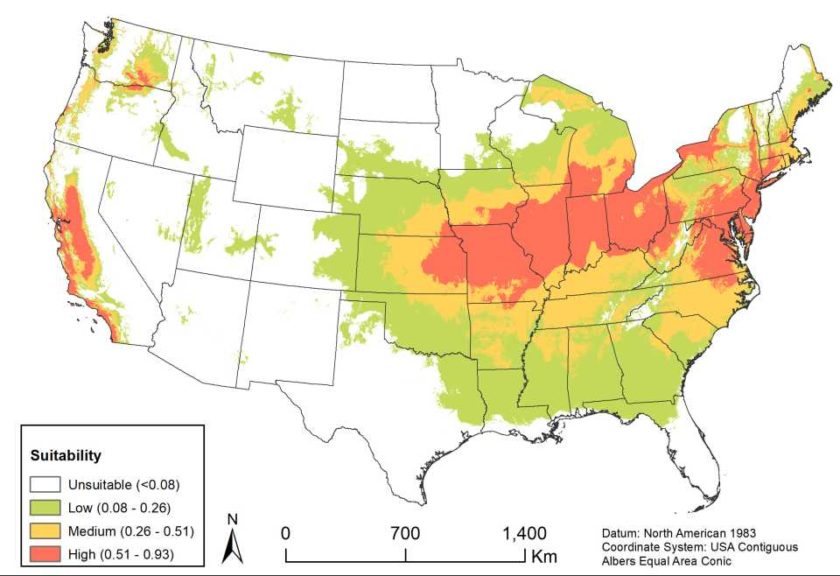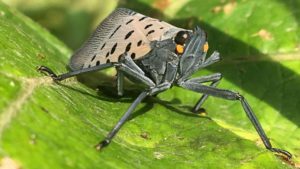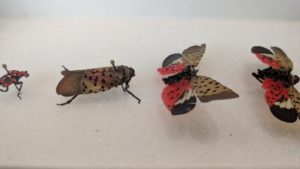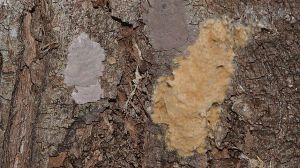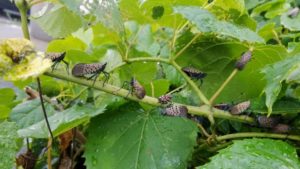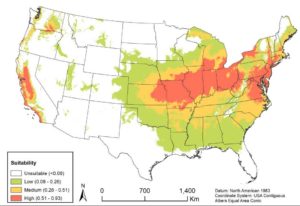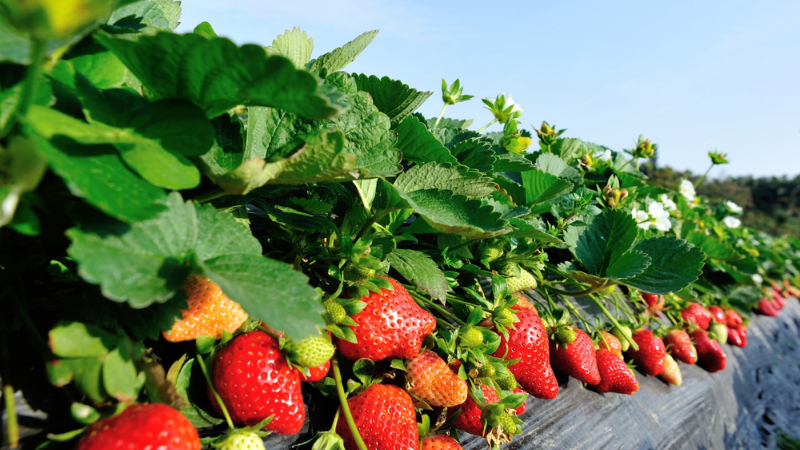Mystified by the Spotted Lanternfly? Scientists Cut Through All the Lore
With endless information available 24/7 on the internet and social media, it can be hard to separate fact from fiction. That certainly is true in the case of the spotted lanternfly. This destructive pest has bewildered and frustrated many people since it first appeared in North America in Berks County, PA, in 2014.
It’s a new insect to the U.S., and like anything new, people are seeking any bit of information they can get.
But some of that information isn’t accurate, noted Julie Urban, Associate Research Professor of entomology in Penn State’s College of Agricultural Sciences.
“The early lack of understanding about the spotted lanternfly, coupled with frustration, has led to the sharing of erroneous information, especially on social media,” Urban says. “Sometimes people repeat data that once was accurate but has changed based on more recent research. We want people to use recent information from credible sources.”
While ongoing research conducted by Urban and other scientists is unraveling the spotted lanternfly’s mysteries, some fallacies about the pest persist, including the following:
— Myth: The spotted lanternfly kills all plants and trees. Not true, says Kelli Hoover, Professor of entomology, who is among the Penn State scientists studying the pest. She said that while spotted lanternflies will feed on more than 100 species of trees and other plants, recent discoveries suggest they rarely kill them.
There are two exceptions: cultivated grapes, which is a grave concern to vineyard operators in Pennsylvania and beyond; and Ailanthus altissima, known as tree of heaven, which is a noxious and invasive weed tree.
However, Hoover cautioned that when large numbers of spotted lanternflies feed on one tree — regardless of the species — it must affect that tree, and her team is studying those effects.
“A stressed tree may be more susceptible to other stressors such as disease, other insect pests or drought,” she says, adding that saplings are more likely to experience significant stress from spotted lanternfly feeding than mature, established trees.
Although spotted lanternfly feeding doesn’t impact most trees and plants as once thought, that doesn’t mean that scientists studying the planthopper are easing off the brakes in finding solutions. It’s quite the opposite, notes Urban.
“The spotted lanternfly’s propensity for hitchhiking has led to state quarantines that require any shipment and movement of goods, as well as conveyances, to be free of any life stage of the spotted lanternfly,” she says. “As such, economic impacts are being felt by a wide range of industries. We must keep this pest from spreading.”
— Myth: The spotted lanternfly is no longer present in certain areas. Some residents living in regions with prior sizeable lanternfly populations have reported seeing fewer spotted lanternflies in 2021. These observations have led some to speculate that the insect interloper might be gone for good. But Emelie Swackhamer, Horticulture Extension Educator, says that is wishful thinking.
She explained that several factors are influencing spotted lanternfly populations, including the impact of natural predators and parasites, people’s efforts to reduce populations, and the natural ebb and flow of insect populations. However, the most plausible reason is food.
“We believe they leave an area when they have depleted their food source and need to find a better one,” Swackhamer says. “This behavior might explain why in areas where populations were high, there are not many the following year. After trees recover, high populations might come back.”
For more spotted lanternfly information, continue reading at psu.edu/news.com.




